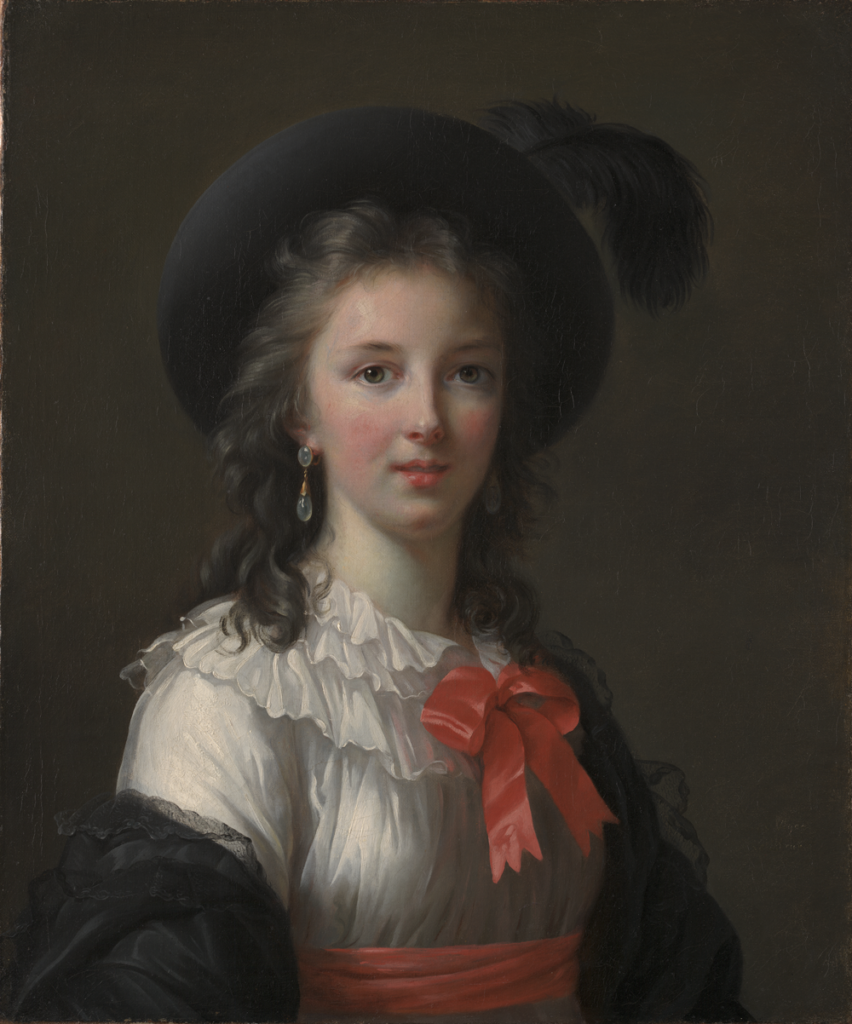Élisabeth Louise Vigée Le Brun began amassing her fortune when she was 15. By 33, her husband had spent and gambled most of it away. So she remade it. This is the 250-year-old story of a woman who got paid.
She was born in Paris in 1755 to Louis Vigée, a portraitist, and Jeanne Massin, a hairdresser, on the eve of the French Revolution. This worked for her. It was the height of the excesses of the French aristocratic court, and after her father’s death in 1767, the 12-year-old Vigée Le Brun began painting portraits until she knew enough—about both art and the social connections that underpin it—to support her family.
She wedded art dealer Jean Baptiste Pierre Le Brun at the age of 20, and her famed big break came two years later with a commission to paint Marie Antoinette. She worked well and hard and quickly, but above all she knew the worth of her work: Vigée Le Brun charged more than almost all of her contemporaries, and even some of her idols. Other artists were jealous, but she took it in stride, neatly dismissing them as haters who “would not forgive me for being the fashion and selling my pictures at better prices than theirs.” She exploited capitalism’s only offer to the disenfranchised: when all other roads are closed, build a paper trail.
The subjects in her catalogue raisonné double as the best guest list for a party you’ll never attend. Vigée Le Brun was an interesting woman who painted interesting women—mistresses, actors, girls on the come up. If these connections are collaboration, they’re of the most advantageous kind, where both parties know how to use each other in just the right way. Whereas Alice B. Toklas complained about entertaining the wives of geniuses, Vigée Le Brun luxuriated in it. She took off at the outset of the French Revolution. Her high prices and royal connections swiftly landed her on a list of enemy emigrés, but she didn’t mind. Vigée Le Brun took her exile as a chance to head to Rome, then Naples, Vienna and, later, Saint Petersburg, painting portraits around the globe. There are rich people everywhere.
In the National Gallery of Canada’s exhibition, there’s a drive to enshrine Vigée Le Brun in the canon. Was she a Great Artist? In many ways, no. Her backgrounds often felt forced, the views slightly skewed. It doesn’t help that she was on the wrong side of history. But there’s a self-portrait so subtly defiant that I keep coming back to it, second-guessing my own dismissal. Painted around 1782, Vigée Le Brun sits staring directly out with her mouth slightly opened and, shockingly for the time, her teeth visible.
Keep the coy, unaware nudes of Boucher and Fragonard. This is how I’ll take my paintings of women. Gaze met, face-on, teeth bared.
This is an article from the Summer 2016 issue of Canadian Art. To get every issue of our magazine delivered to your door before it hits newsstands, subscribe.

 Élisabeth Louise Vigée Le Brun, Self-Portrait with Cerise Ribbons, c. 1782. Oil on canvas, 64.8 × 54 cm. Kimbell Art Museum, Fort Worth, Texas (ACK 1949.02). In recognition of his service to the Kimbell Art Museum and his role in developing area collectors, the Board of Trustees of the Kimbell Art Foundation has dedicated this work from the collection of Mr. and Mrs. Kay Kimbell, founding benefactors of the Kimbell Art Museum, to the memory of Mr. Bertram Newhouse (1883–1982) of New York City.
Élisabeth Louise Vigée Le Brun, Self-Portrait with Cerise Ribbons, c. 1782. Oil on canvas, 64.8 × 54 cm. Kimbell Art Museum, Fort Worth, Texas (ACK 1949.02). In recognition of his service to the Kimbell Art Museum and his role in developing area collectors, the Board of Trustees of the Kimbell Art Foundation has dedicated this work from the collection of Mr. and Mrs. Kay Kimbell, founding benefactors of the Kimbell Art Museum, to the memory of Mr. Bertram Newhouse (1883–1982) of New York City.







